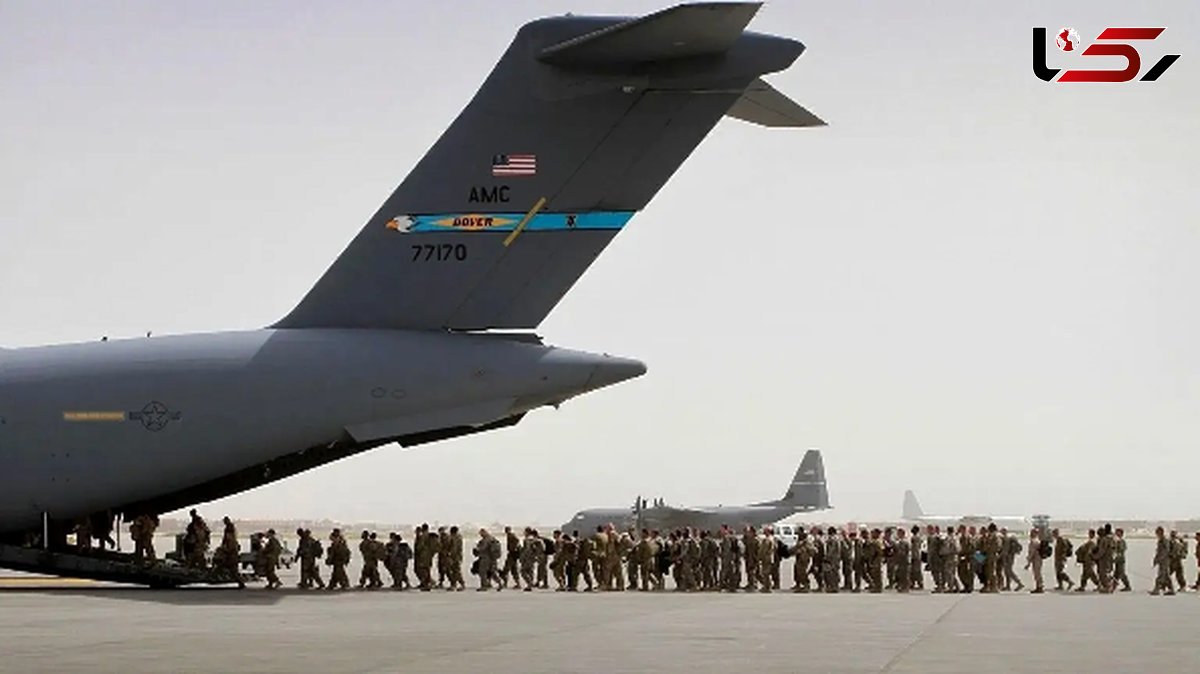Why Trump Has Set His Sights on Bagram: Can the U.S. Reclaim Its Lost Symbol of Power?
Rokna Political Desk: U.S. President Donald Trump has initiated a renewed effort to regain the strategic Bagram Air Base in Afghanistan. However, facing the challenges posed by the Taliban, pressure from China, and competition with Russia, the question remains whether the United States can restore this symbol of its lost influence or risk another setback.

On September 19, 2025, Trump, during a joint press conference with U.K. Prime Minister Keir Starmer, reiterated America’s intention to reclaim the Bagram Air Base. Speaking with resolute confidence, he stated: “We are working to take it back.”
According to Rokna, these statements, part of covert U.S. efforts dating back to at least March 2025 to negotiate with the Taliban, have sparked debates within Washington and elicited strong reactions from the Taliban, China, and security experts. The Taliban have rejected the proposal, emphasizing that the U.S. should engage with Kabul without a military presence.
Historical Context: From U.S. Power Symbol to Legacy of Withdrawal
Located 40 kilometers north of Kabul, Bagram Air Base has been a strategic hub since the Soviet era (1979–1989). During the U.S. occupation (2001–2021), it served as the operational and logistical heart of NATO missions, managing extensive air logistics and anti-terror operations while hosting over 100,000 U.S. troops at its peak in 2012.
The hasty U.S. withdrawal in July 2021—described by Trump as a “complete disaster” under Biden—handed the base over to the Taliban and became a potent symbol of Washington’s strategic failure. Despite having signed the Doha Agreement during his presidency (2020), Trump now seeks its reclamation, citing geopolitical, economic, and domestic political motives.
Geopolitical Goal: Containing China, Russia, and Potentially Iran
Trump has highlighted Bagram’s strategic location relative to China. At the press conference, he noted: “This base is one hour away from where China manufactures its nuclear weapons. We can land anything there.” Situated 500 miles from China’s western borders, Bagram could serve as a monitoring hub for nuclear and missile facilities in Xinjiang, where the Bulletin of the Atomic Scientists estimates China possesses approximately 600 nuclear warheads, with rapid expansion underway.
Analysts, including Bill Roggio of the Foundation for Defense of Democracies, caution that China “will do everything to prevent U.S. presence in Afghanistan,” leveraging economic ties with the Taliban, including mining investments. Beijing responded promptly: Foreign Ministry spokesperson Lin Jian stated that escalating tensions in the region is unacceptable and that Afghanistan’s future should be determined by its people.
Regarding Russia, whose ties with the Taliban warmed following the 2022 Ukraine invasion, Bagram could serve as a monitoring point for weapons supply routes to Moscow. Afghanistan’s role as Russia’s “southern bridge” could maintain supply lines despite sanctions. Some experts also suggest that reclaiming Bagram could increase pressure on Iran, giving the U.S. influence in eastern Iran and disrupting Tehran’s defensive focus.
Economic Goal: Access to Afghanistan’s Rare Minerals
Beyond military oversight, Bagram provides access to Afghanistan’s rich mineral resources, including lithium, cobalt, and neodymium—critical for batteries, semiconductors, and advanced weaponry. Reports indicate that Trump views Bagram as an “economic hub” to facilitate U.S. investment in Afghan mines. With China currently controlling over 80% of the global rare-earth market and holding contracts with the Taliban, a U.S. return could counterbalance Beijing’s influence.
A U.S. official told CNN: “The Taliban need certain things from us,” including financial aid and sanctions relief, which could be exchanged for mining access. This aligns with Trump’s vision of “American energy independence” by controlling global resources and reducing reliance on China. Experts warn, however, that a military presence could trigger local conflicts and push the Taliban closer to Russia or China.
Military Goal: Restoring Operational Presence
Militarily, Bagram could act as an anti-terror hub against ISIS-K and Al-Qaeda, which have recently conducted attacks in Europe and the Middle East. Trump has also proposed reopening a diplomatic facility at Bagram, potentially providing cover for covert operations. The base could facilitate drone and aerial operations without relying on Pakistan or Uzbekistan—routes often blocked by Islamabad. However, the 2020 Doha Agreement prohibits a military presence, making a return a potential violation.
Political Goal: Domestic Power Display and Criticism of Democrats
Domestically, Trump’s stance serves to rally his voter base. With the 2026 midterm elections on the horizon, emphasizing Biden’s “weakness” during the 2021 withdrawal positions Trump as a “strong leader.” He warned: “If [Bagram] is not returned, bad things will happen”—a statement widely circulated on X and described as a “direct threat.”
Analysts, including Roggio, caution that this approach could lead to concessions to the Taliban and entangle the U.S. in endless negotiations. Nevertheless, amid global tensions in Ukraine and Taiwan, Bagram remains a symbol of America’s efforts to reassert its position as a global power.
Send Comments